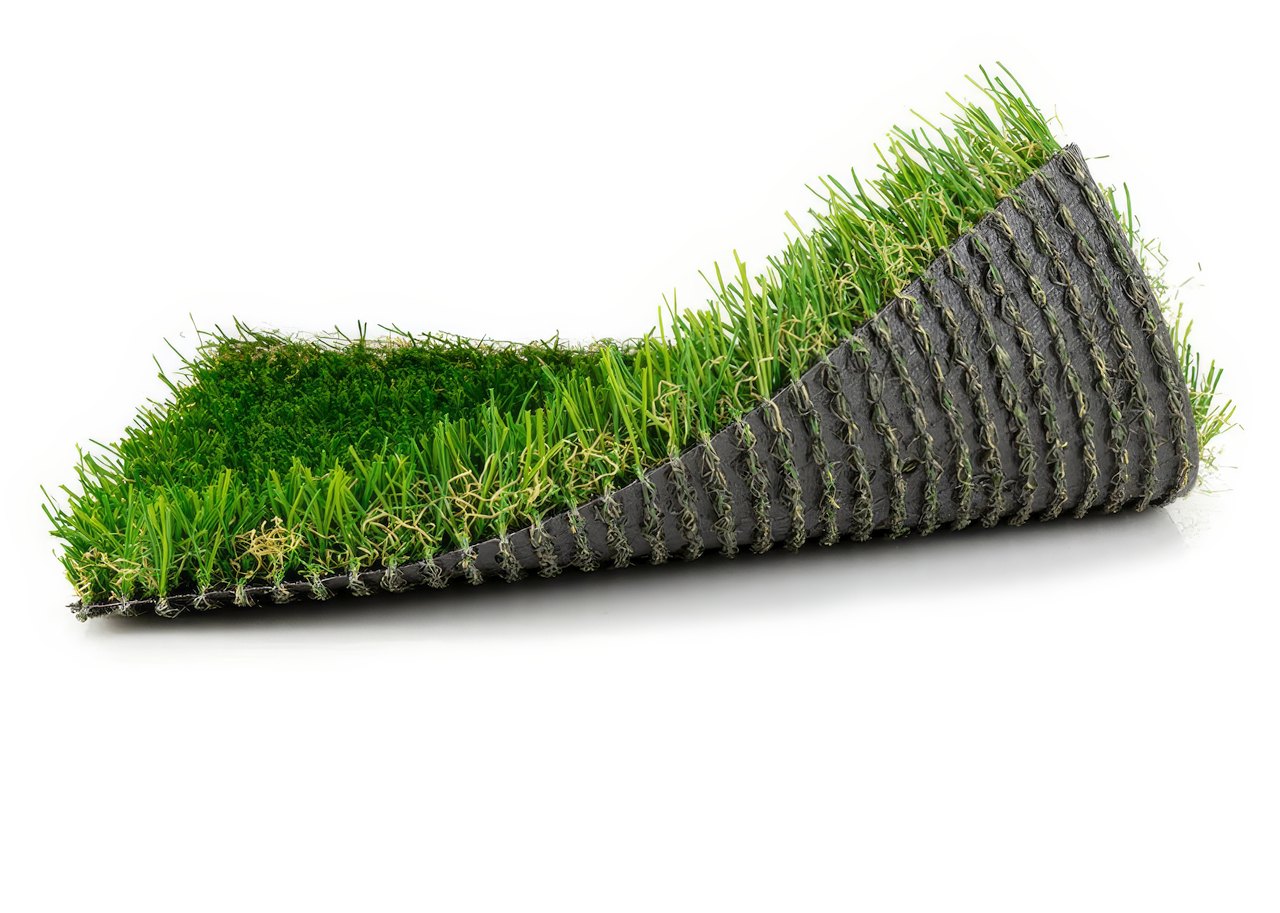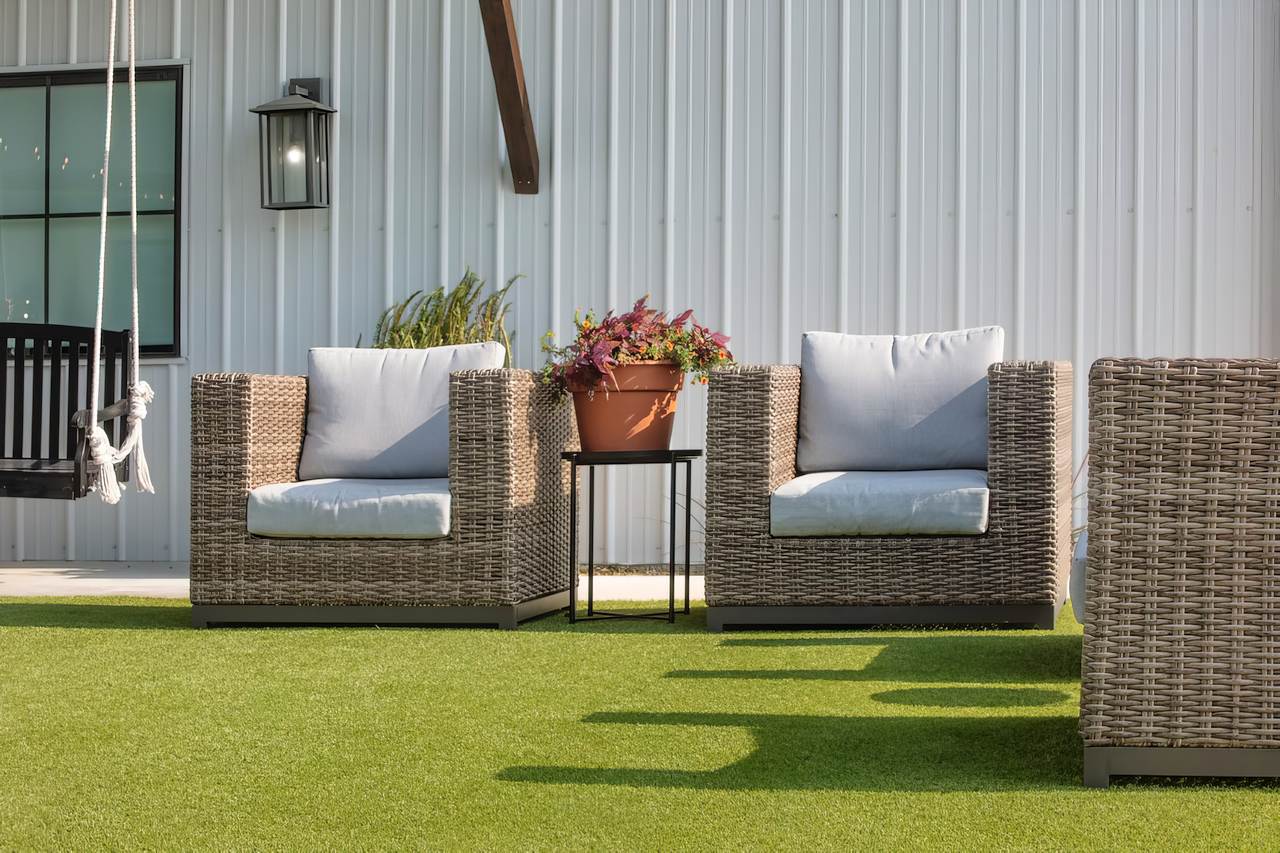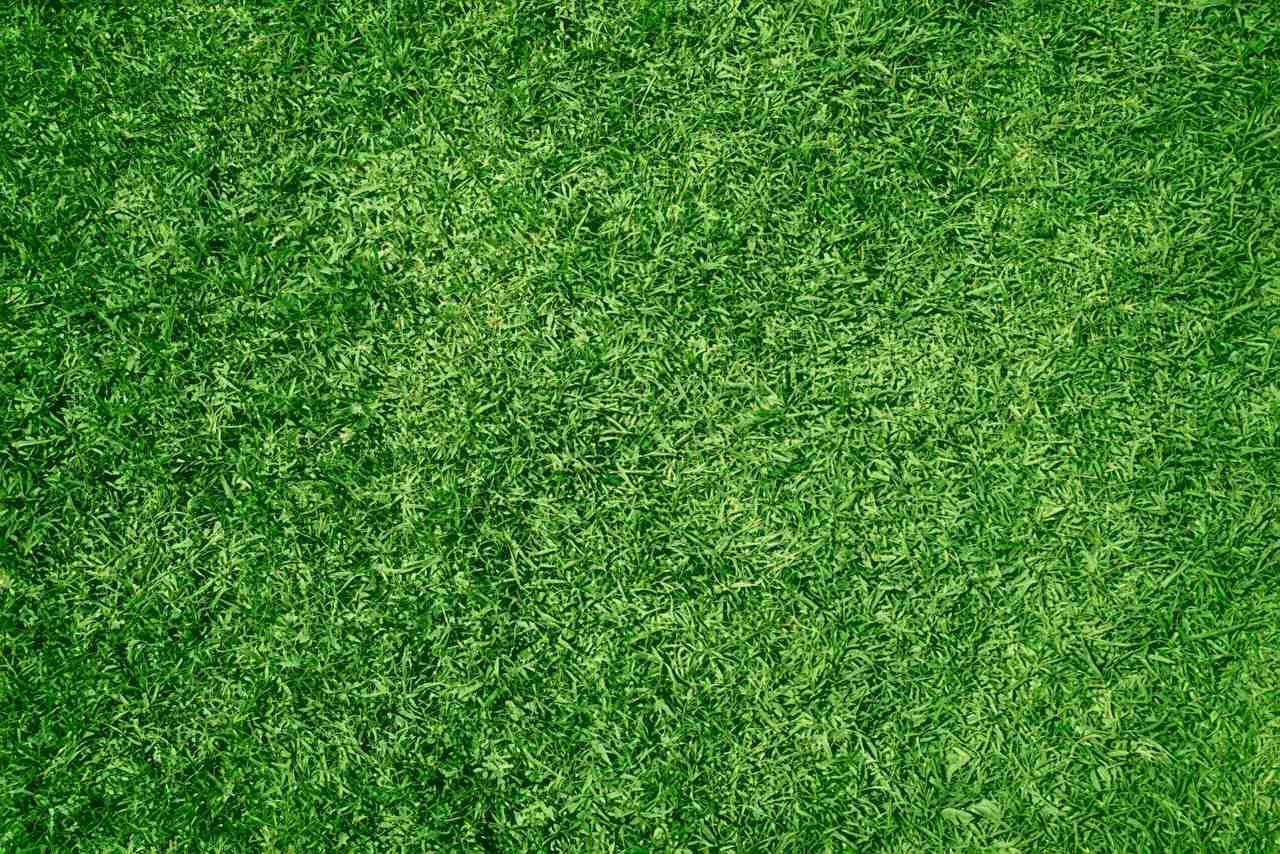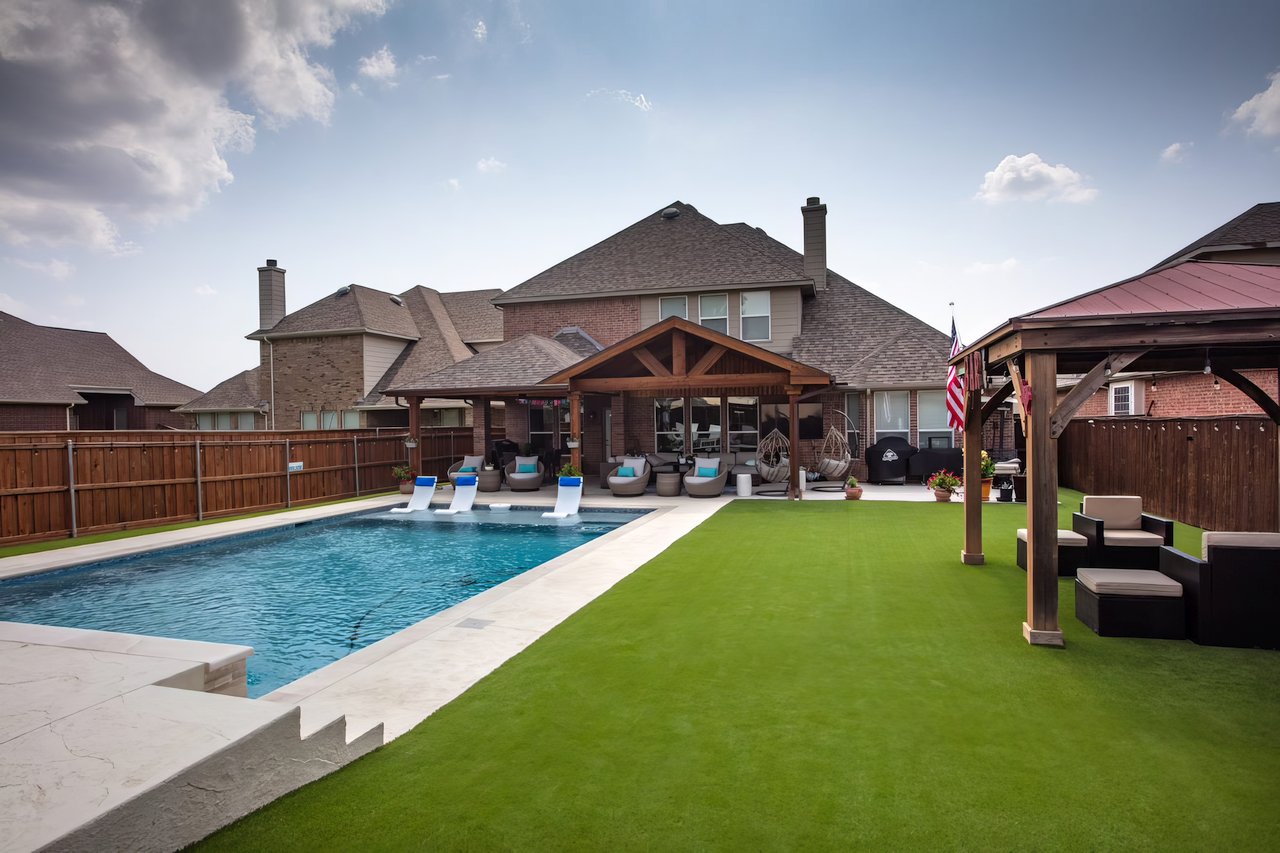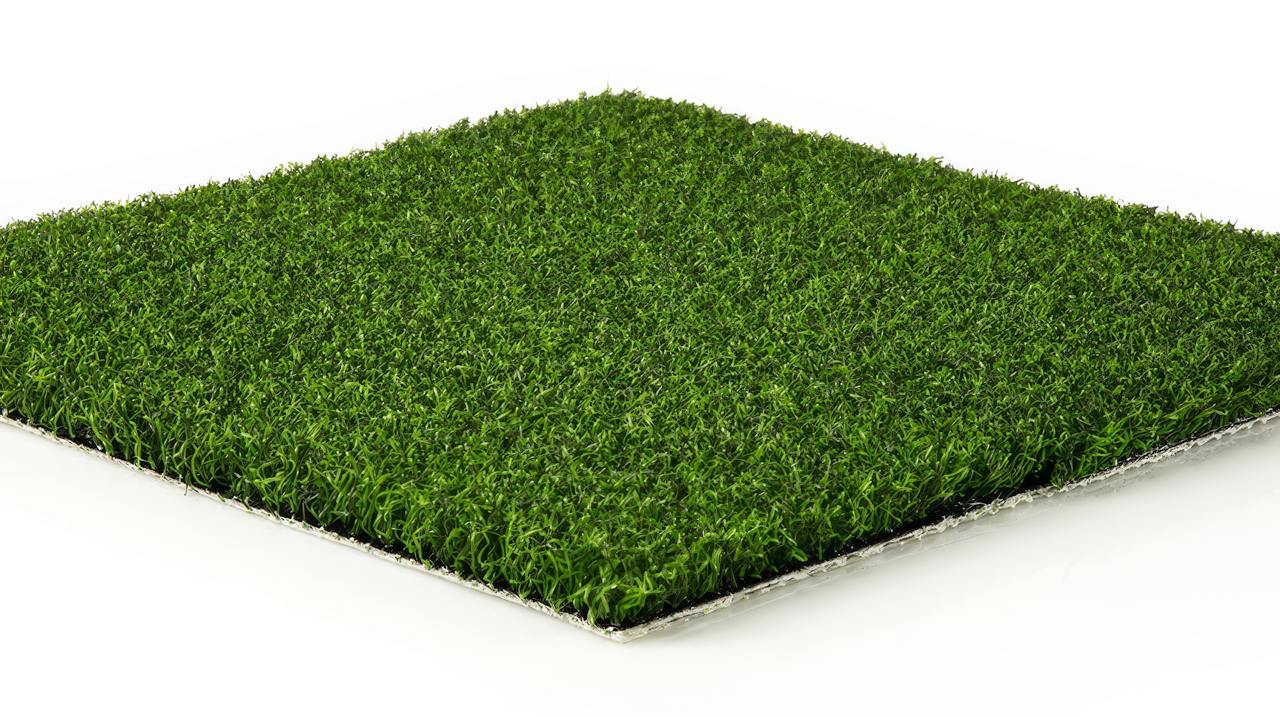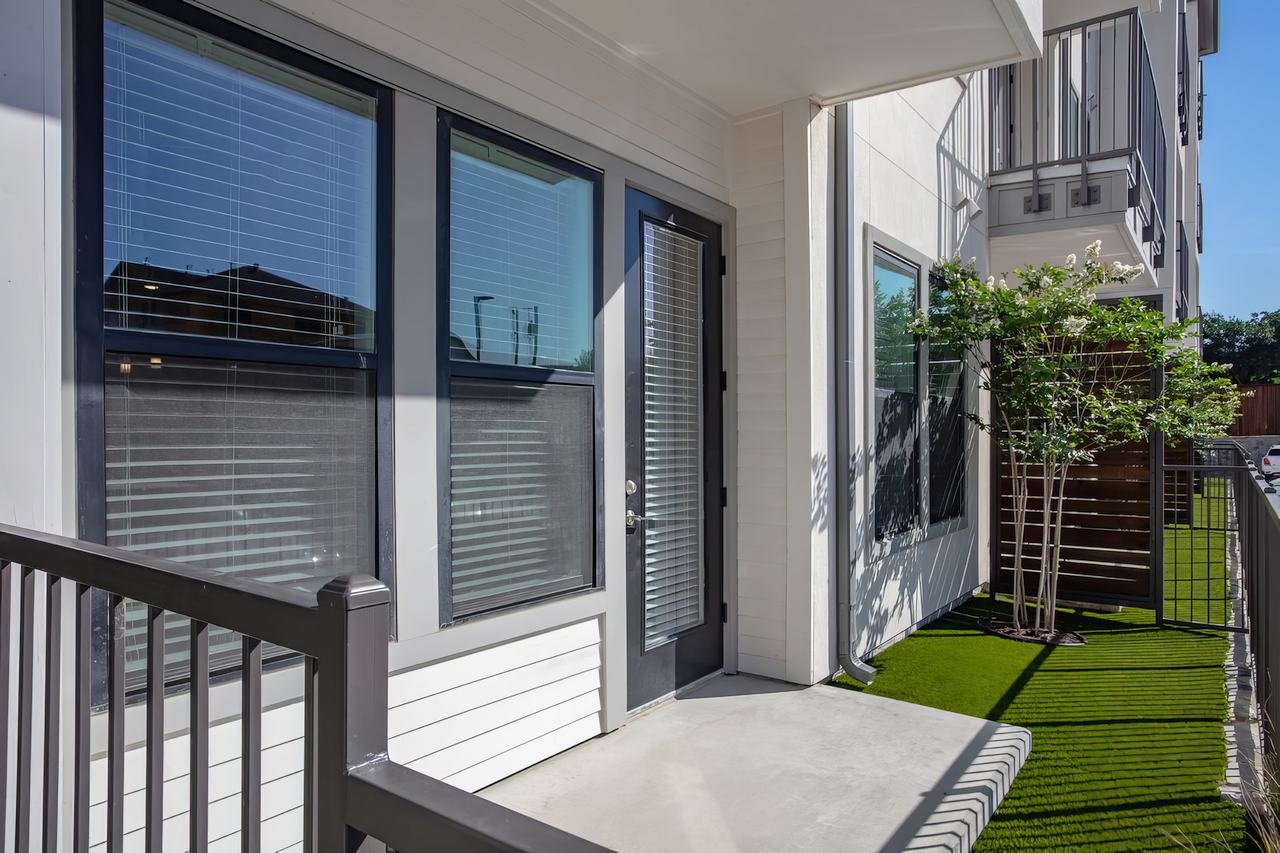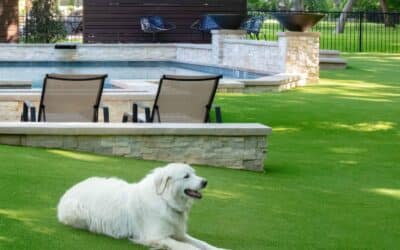Usage, location, climate, foot traffic, budget, aesthetic preferences …so many factors go into choosing the best artificial grass for any project.
And despite what you may read on Amazon or eBay, all artificial grass is not created equal.
So, what is the best type for your particular usage and what’s to be avoided?
Whether you’re looking for synthetic grass for home usage —maybe for dogs, a pool area or a backyard putting green — or simply to make a great impression when a customer drives into your business or commercial premises, it helps to have a few pointers on what to look out for.
Here we take you through how to choose the best quality synthetic grass so that you avoid an expensive mistake and end up with something that both looks the part and lasts many years. Then we provide some specific product recommendations for various types of usage:
How to Select the Best Quality Artificial Grass
If you’ve spent any time online exploring the best artificial grass, you’re probably confused and worn out with the dazzling array of options available.
When artificial grass first came onto the scene in the 1960s, there was a single choice (AstroTurf – and they still make sports fields today). Now there are thousands — with more cheap alternatives appearing online every day.
Choice is great — but only if you can separate the wheat from the chaff!
As a potential buyer of synthetic grass for a residential or commercial space, what do you need to consider before you settle on a particular type or brand of grass?
Which grass is going to provide the best value in the long run?
We’ve broken it down for you into the main considerations: a “broad strokes” guide to selecting the best quality artificial turf for your needs. Later, we’ll get into more specifics according to your intended usage.
So, you’ll need to start by considering the following:
Before You Start: Understand the Lingo and Do Your Research!
You have all the resources you need to research everything you need to know about your artificial grass online.
Before you do that, you’ll probably want to familiarize yourself with a few terms that will come up again and again if you’re dealing with artificial grass professionals — because they’re important for understanding the quality, durability and appearance of your turf.
The main ones are:
Now that you’re familiar with the lingo you’ll see on artificial grass websites, let’s look at the main factors you’ll want to weigh up when you’re considering the best artificial grass options…
SAVE TIME, MONEY & WATER WITH ARTIFICIAL GRASS
The experienced team at Artificial Grass Pros will provide a free estimate and help you make the switch. Contact us here.
Intended Location
The most basic consideration is where you’re going to install your artificial turf.
An occasionally used patio or entertainment area will have different requirements of quality, durability and aesthetics to a heavy-use volleyball court in the backyard.
A busy kids’ play area or backyard dog run will be different again from a landscaped lawn outside a business.
Foot-Traffic/durability
The intended location is directly related to the level of foot traffic that the artificial turf area will be subjected to. That’s an important consideration for the quality and durability you need.
The level of durability you need will likely dictate the yarn type that you need so let’s take a quick look at what you can expect from the three yarn types:
You can find out more about the three main artificial grass types here.
Climate
The hot and humid subtropical climate we enjoy in eastern Texas means long, hot summers that most readers are only too familiar with.
Excessive heat and sunshine can affect lower-quality artificial turf. But rest assured that all the artificial grass provided by the team at Artificial Grass Pros is designed to withstand the heat and sunshine that the Austin area experiences.
Our artificial turf has built-in ultraviolet (UV) protection that provides resistance to the sun’s rays: an important consideration if you want grass that looks and feels great even many years after you install it.
For the Austin area, flash floods are another important consideration. You’ll need your turf installed by professionals with experience in good drainage practices.
The many successful installations that our team has performed in the Austin area mean we’re well accustomed to the challenges posed by the climate here and know exactly what to look out for during the turf selection and installation processes.
If you’d like to talk your situation through with a knowledgeable professional, contact us here.
Maintenance Requirements
There’s no mowing, watering, fertilizing or pest spraying needed with artificial grass. One of its great attractions is its low maintenance requirements.
With most artificial turf, all you need to do is keep it clear of debris with a power broom or turf rake, hose it down once in a while to prevent matting and manage your pets’ toilet habits a little.
Aesthetics
How do you want your grass to look? Is it going to be in the backyard where only you, your family and a few guests will see it — or sitting prominently at the front of your home or business?
The highest-quality artificial grass has blades with soft edges and firm tips that look most like the real thing with a layer of thatch underneath to mimic the inconsistencies of real grass.
Everybody wants turf that looks beautiful but you may need to balance practicalities (robustness for high usage) with budget and aesthetic considerations.
Color
How realistic does your artificial grass need to be? The color is likely to be a major factor in the decision of the type of grass you want — the variations can be quite stark:
Remember, the overall color of your artificial turf depends not only on the main blades of grass but the thatch underneath too.
Budget
You want artificial turf that looks great and lasts. There’s usually a premium to pay for that.
But it’s not just about the sticker price of the grass. You’ll need it professionally installed to ensure that it looks great and lasts as long as you expect it to.
Your budget will be a major consideration when you buy. It’s best to view your artificial turf project as an investment in your backyard or business that will pay back over the years with lower water and gardening service costs.
This should help you set a realistic budget that ensures you get artificial turf that does its job for many years ahead.
Typical Features of the Best Artificial Grass
What you’re looking for when selecting your artificial turf will vary depending mainly on the installation location, intended usage and size of the area (which affects budget).
There’s a suitable artificial grass product for almost every climate, use, location and budget. The choices you have in the Austin area are many and varied.
Once you know the main features to look out for, you can choose the best grass for your space.
To help you, it’s good to know the features that should be common to all virtually all quality installations — whether a seldom-used patio or a dog run in the yard. Most home and business owners want to ensure that their artificial grass ticks the following boxes:
Best Artificial Grass for the Backyard
Let’s start with the most common usage of all artificial turf installations: a backyard lawn.
Key features for this type of installation generally include the following:
The overall best artificial grass for the backyard is a polyethylene-based turf with soft wave-shaped blades and a rich field and olive-toned yarn. With a medium face weight (approx. 60 ounces) and a 1.5-inch pile height, you’ll end up with a plush backyard lawn.
A drainage rate of 30+ inches of rain per hour per square yard is ideal for the Austin climate.
Best Artificial Grass for Dogs
Pets may add some complications for homeowners when it comes to artificial grass areas.
That said, the best artificial grass for dogs provides a durable and lasting area that looks great and requires little maintenance.
Key features to look for with this type of usage are:
The best artificial grass for dogs installed by our team uses a revolutionary draining technology that makes for very low maintenance, a constant fresh smell and no yellow patches. It is made of polyethylene and has a face weight of approximately 80 ounces with a pile height of 1.25 Inches.
Can Dogs Urinate On Artificial Grass?
Dog urine generally drains through the backing of artificial grass, so that it leaves no trace. Microbial treatments to the grass dispel any odors.
If required, you can further clean and deodorize artificial grass with a special enzymatic cleaning spray or natural cleaners like baking soda or water and vinegar.
Best Artificial Grass for a Pool Area
Artificial grass around backyard swimming pools is a popular choice in Texas homes. Strip and grid designs between the pavers and flagstones look great.
Special attention needs to be paid to drainage in this location because of the threat of pooling water on artificial grass, which can attract unwanted problems.
Key features to look for with this usage are:
The best artificial grass for a pool area is a polyethylene-based turf with soft wave-shaped blades and rich field and olive-toned yarn. Its 1.75-inch pile height is ideal for a plush feel next to your swimming pool and its excellent drainage rate should be well suited to this usage.
Best Artificial Grass for a Putting Green
Texans are golf lovers. Around one in ten artificial grass installations in the state are putting greens.
Artificial backyard putting green grass should mimic the look, feel and roll of your favorite course’s putting green and has some special characteristics.
Key features to look for with this usage are:
The best artificial grass for a putting green has an ideal pile height of 0.5 inches and a face weight of 50 ounces. Made of polyethylene, it provides a realistic roll and a vibrant color for your backyard golf green.
Best Artificial Grass for a Kids’ Play Area
If your kids need a place to play in the backyard, you’ll want an area that looks pristine all year round but, more importantly, is focused on safety.
Artificial grass is the way to go for play areas and playgrounds — and you’ll need a quality that stands up to plenty of rough and tumble. Some play areas are installed with a base layer of foam for additional padding and protection.
Key features to look for with your artificial grass in this location are:
The best artificial grass for kids’ play areas is soft and lush and ensures excellent drainage (30 inches of rain per hour per square yard minimum). It has a face weight of ~80 ounces and is hypo-allergenic and repels insects.
With our professional team of installers, you can be sure that the play area will be evenly laid with no bumps, divots or rocks underneath to create trip and fall hazards for your children.
Best Artificial Grass for Patios
Synthetic turf can add a splash of color to your patios or deck — or even a rooftop or balcony area if you live in an apartment.
The best artificial grass for patios has the following features:
In fact, the artificial patio grass we like best is a high-quality multi-purpose synthetic turf that is ideally suited to most areas of the home and yard.
Best Budget Artificial Grass
Some types of artificial grass are cheaper than others — but be wary of trying to over-budget and don’t cut corners when it comes to installation.
Good quality artificial grass professionally installed and reasonably maintained can last until your young children have grown up and fled the nest. But skimping on either grass quality or installation could backfire and take years off the life of your patch of artificial turf.
With that in mind, what’s the best budget artificial grass? We like the Bermuda Blend. It has a lower face weight than most of the other artificial grass types recommended here (approximately 55 ounces). This means that it provides good durability with moderate foot traffic.
With a pile height of 1.5 inches and a natural aesthetic from its mini-wave-shaped yarn fibers, it is a good mid-range grass that comes in at a slightly lower price, making it cost-effective for larger spaces like in many commercial projects.
Best Artificial Grass for Hot Climates
Bermuda Blend disperses sunlight well and keeps the turf sheen-free and cool even in our hot Texan summers.
In fact, every type of artificial grass mentioned above can easily withstand our climate — it’s partly why we choose it for residential and commercial projects all around the Austin area.
What’s the Worst Artificial Grass?
Just as there’s no single best artificial grass, there’s no one worst-quality artificial turf either.
But you need to be on the lookout for the following red flags, which can result in an artificial grass area that neither looks the part nor lasts:
You may not be able to readily gauge the quality of synthetic grass in the shop. It’s best to work with a reliable supplier that only deals with quality products.
If you decide to buy from a shop, ask for a sample so that you can test it in situ at your property. This will also give you time to check reviews and previous installations so that you have some benchmarks to work with.
Rest assured, all of the synthetic turf installed by Artificial Grass Pros is high quality, uses the best quality materials, contains no damaging metals or low-quality resins and is well suited to the hot climate in Texas.
The Best Artificial Grass Needs High-Quality Installation…
Now you’re armed with the information to confidently choose the best artificial grass — whether that’s your backyard lawn, a playground area, a patio or a putting green.
The best quality synthetic turf for your particular usage depends mainly on the location of the installation, the level of foot traffic and the face weight, blade shape and materials used.
Choosing a product that best matches what you need is only the first step. The installation quality matters as much as the turf quality. That’s where our experienced team comes in.
Our products come with our 15-year guarantee on installation work as well as a 15-year manufacturer’s guarantee.
If you’re based in the Austin area, get a quick quote for our professional artificial turf services by calling Artificial Grass Pros at 512.296.1500.



